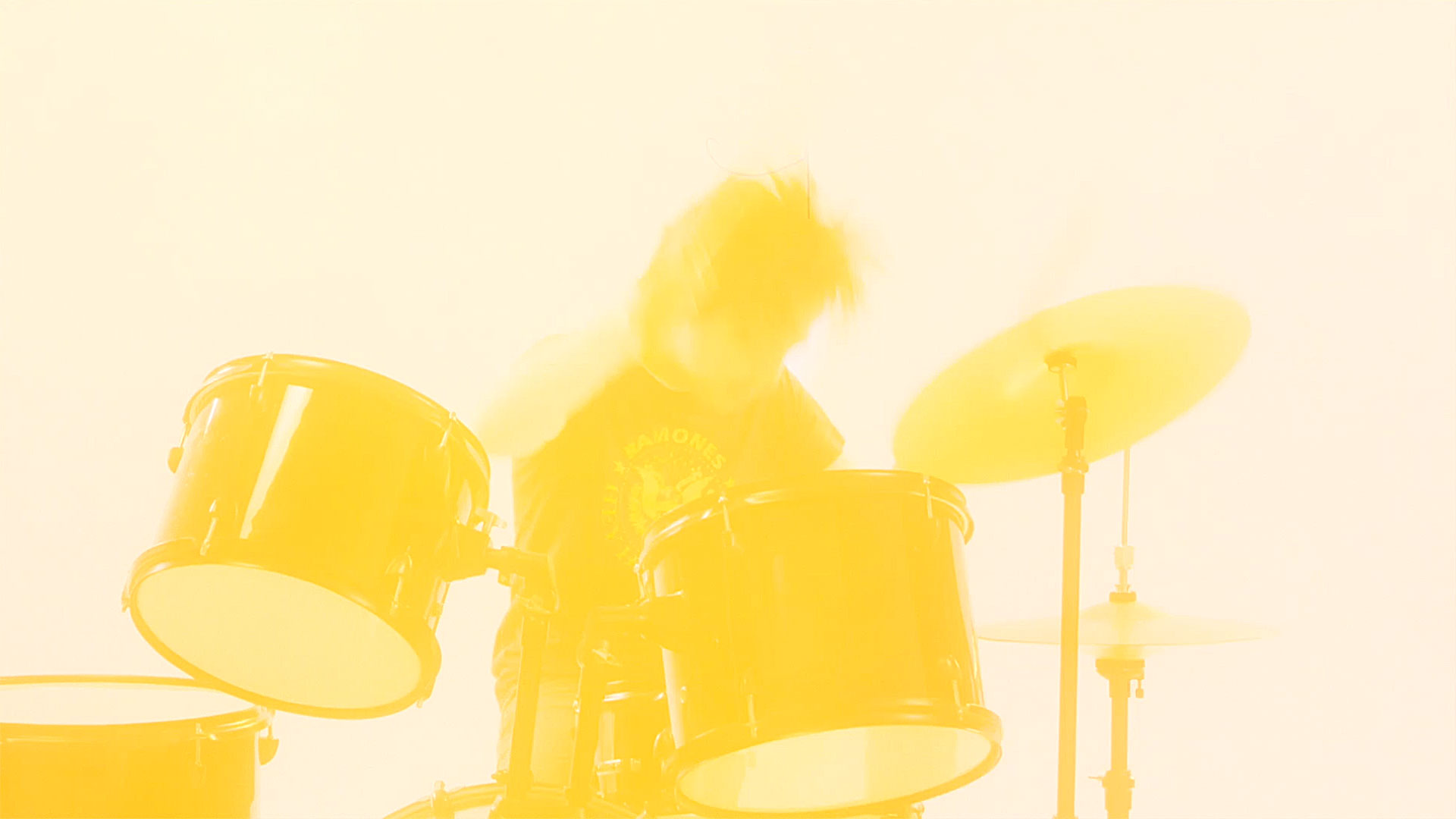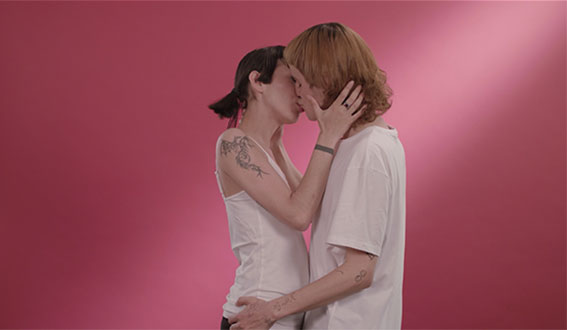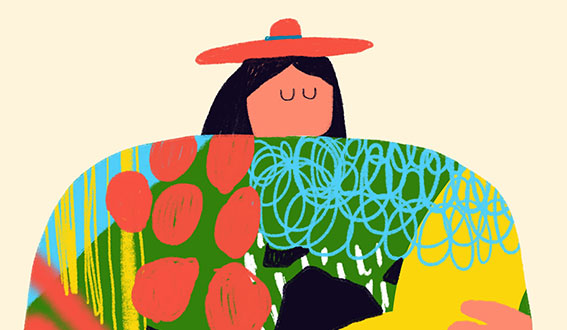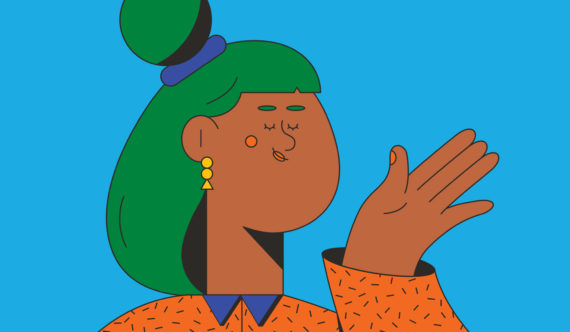Haters
Maña Ind.
- Project
- Year
- Client
- Art Direction
- Graphic Design
- Direction
- DF
- Focus
- Gaffer
- Grip
- Dit
- Production
- Productors
- Prod. assistant
- Make up and hair
- Wardrobe
- Asist.
- Edition
- Color
- Music
- Sound
- Catering
- Portraits
- Haters
- 2021
- Unicef Argentina
- Maña Ind.
- Maña Ind.
- Belén Asad
- @camilapozner
- @paulthielen
- @intiysusfotitos
- @javierarcaro
- @adrianchiste
- @wolfcredoproductionsco + @fresca.tv
- @el_aru + @fabian_zayat
- @wypa_n
- @edubeber
- @veropacheco__
- Ivan Ticona Molina
- @felixsoifer
- @nicomiranda.df
- @nai_borg
- Sebastian Blejman
- @cachuflis
- Belén Asad
The pandemic made boys and girls dedicate more time to internet and social networks, whether you want to or not, they had to come across that person who does not like them, or what they uploaded, puzzles them, mocks them, hates.
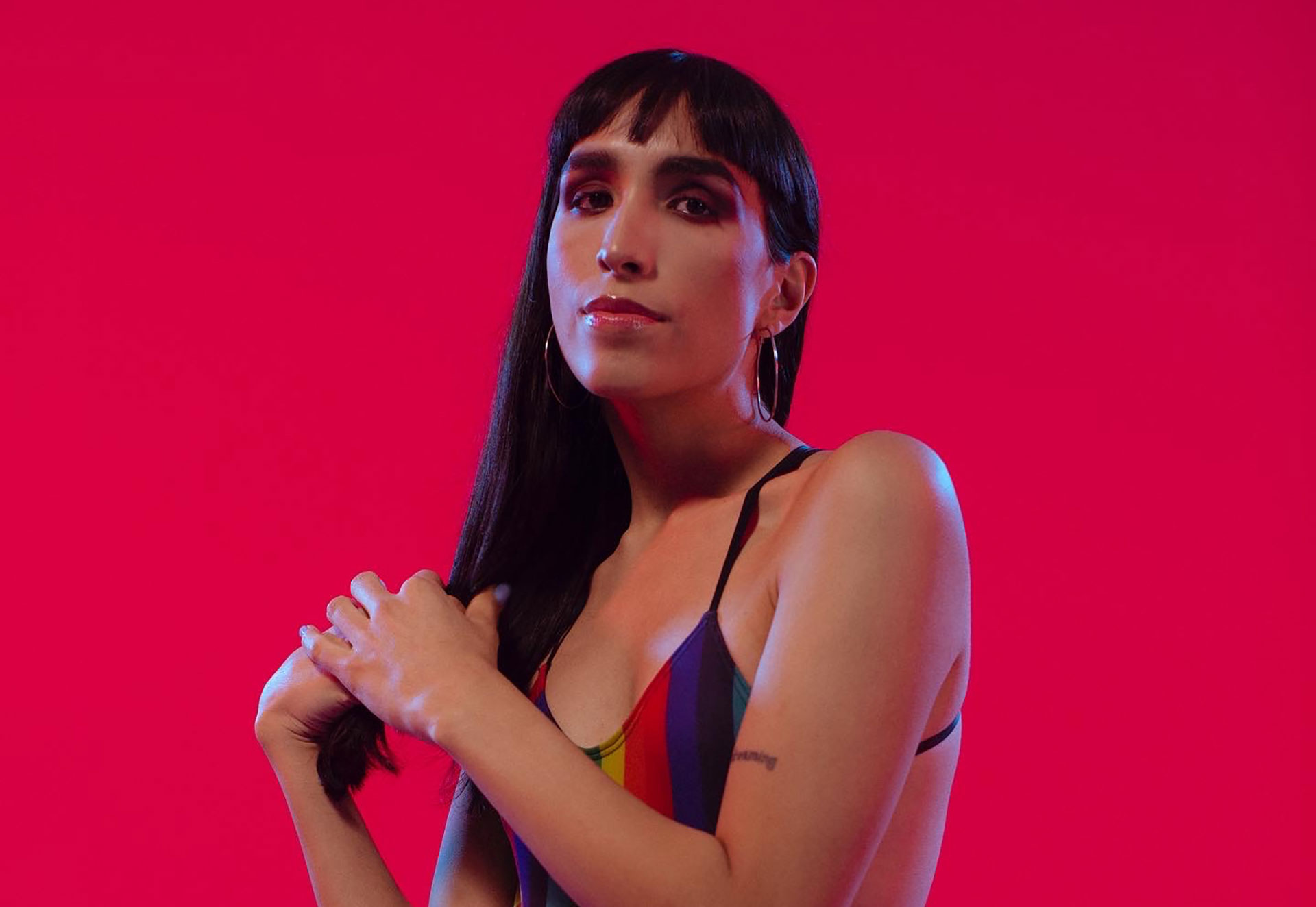
Covid times haters
Web browsing increased 70%
Participation in social networks increased by 61%
18.5% of the adolescents suffered exposure to situations of discrimination, abuse, cyberbullying, violence or pornography.
More than 9 out of 10 teenagers surveyed have seen Haters attacks on the Internet and Social Networks.
1 in 2 expressed that the LGBT + community is the group of people they perceive to be the most attacked by Haters on the Internet and Social Networks.
When asked about their own experiences, more than 4 out of 10 claim to have received negative or aggressive comments on Social Networks.
Only 26% know of any tool to deal with Haters cases. About 3 out of 10 adolescents admit to had some Hater attitude on Social Networks, whether by posting, responding to a comment or spreading an attack.
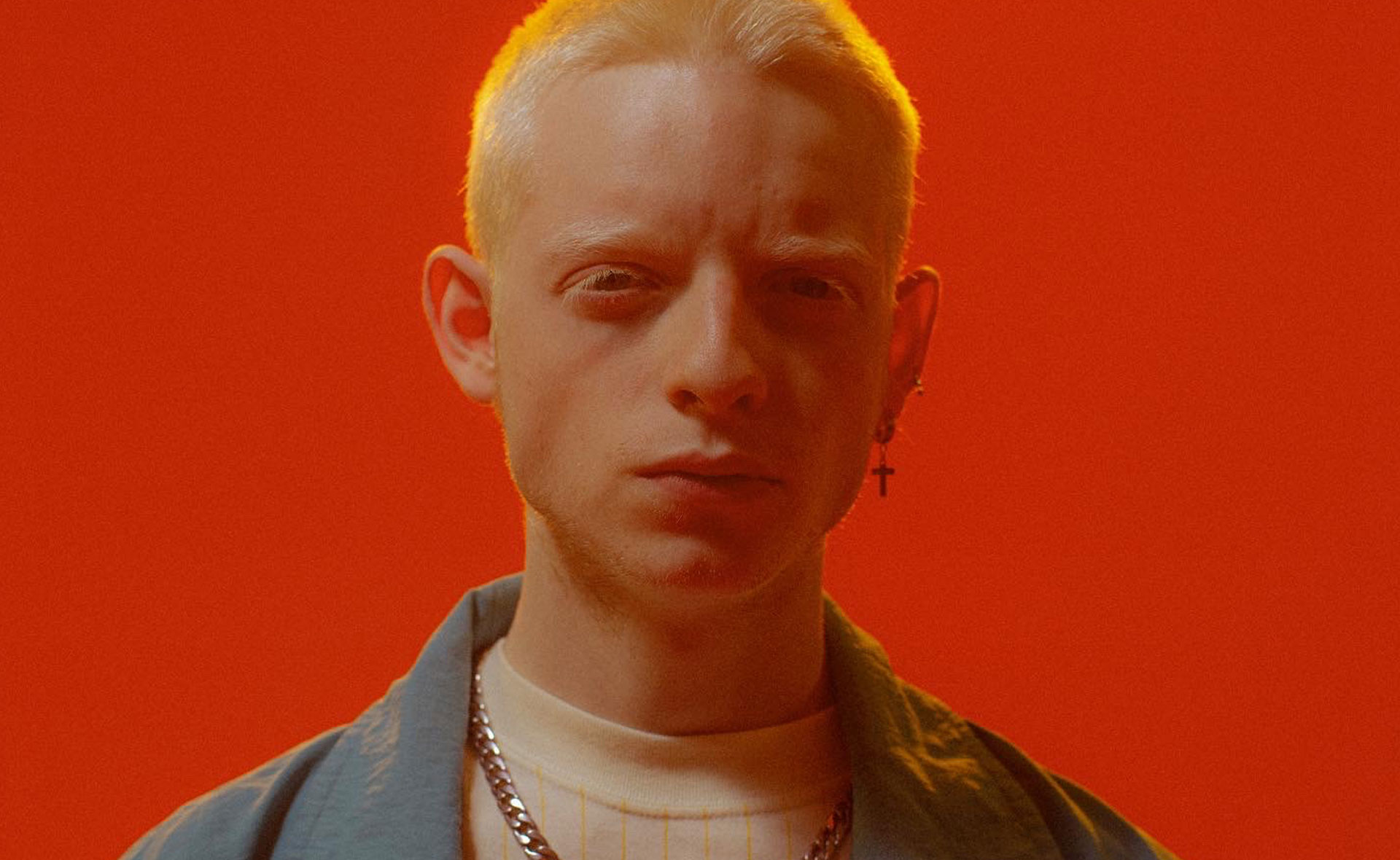
We think this strategy and its conceptual expression with the possibility of being retaken in each appropriate case so that the campaign is not an isolated event, but rather an approach that can lead the conversation every time some act of discrimination or hatred returns to gain such notoriety as to justify Unicef’s participation.

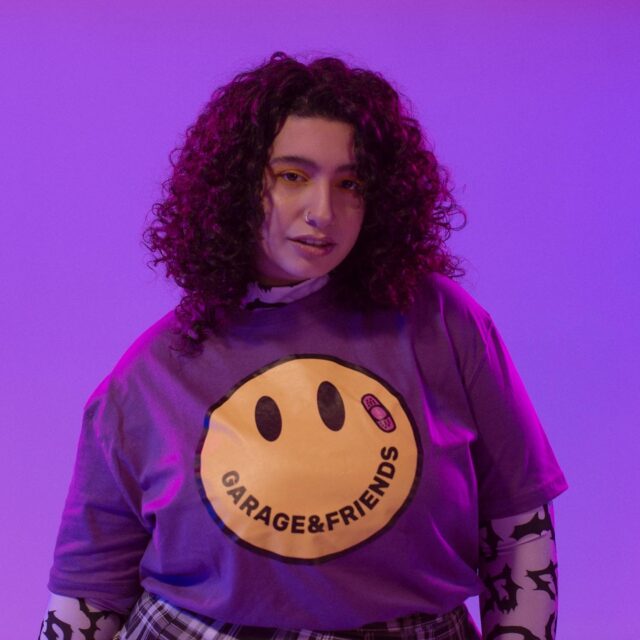
Strategy
When we started thinking about this campaign, the first thing that intrigued us was the Hater figure itself. The absence of empathy, contempt, intolerance are in sight. But what is behind it, if there is something precise, or something uncomfortable, thick and shapeless that animates it. There has already been talk of cutting the chain of hatred (not sharing), of lovingly returning what the hater dispatches as poison, of respecting, of banning, but little is said about hatred itself.
What does the hater hate, when he/she hates your sexual orientation, your identity, your skin color, your musical tastes, your clothes, your hair, your ideas, your religion, your origin?
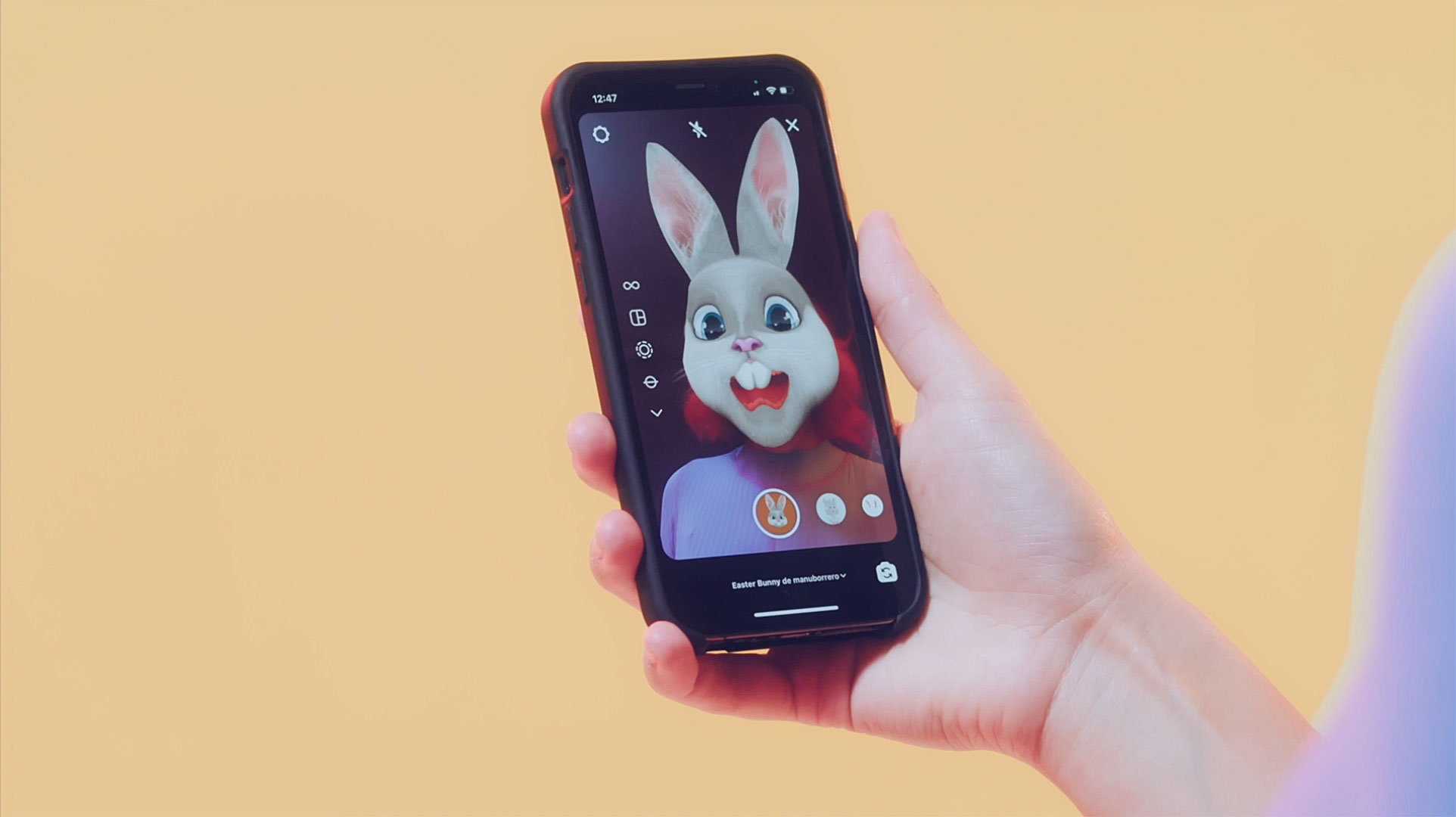
He or she hates your freedom, your courage, your curiosity, he/she hates that you step out of the box, he/she hates that you choose who you want to be, and above all that you enjoy being different.
For this reason, reviewing the fears and ghosts that animate the hater’s speech, we saw that right there may be the tools to dismantle or reduce its harmfulness and strengthen the position of the boys and girls who suffer its harassment.
A hater is not above anyone, he is an insecure, fearful person, with problems that he/she cannot solve and who unloads his limitations on others. And that is the starting point with we want to work in this campaign.
The campaign gained a great attention on mass media and greater on influencers that shared the message on social networks to tell haters: I’m sorry hater, what you don’t like about me, I do.
